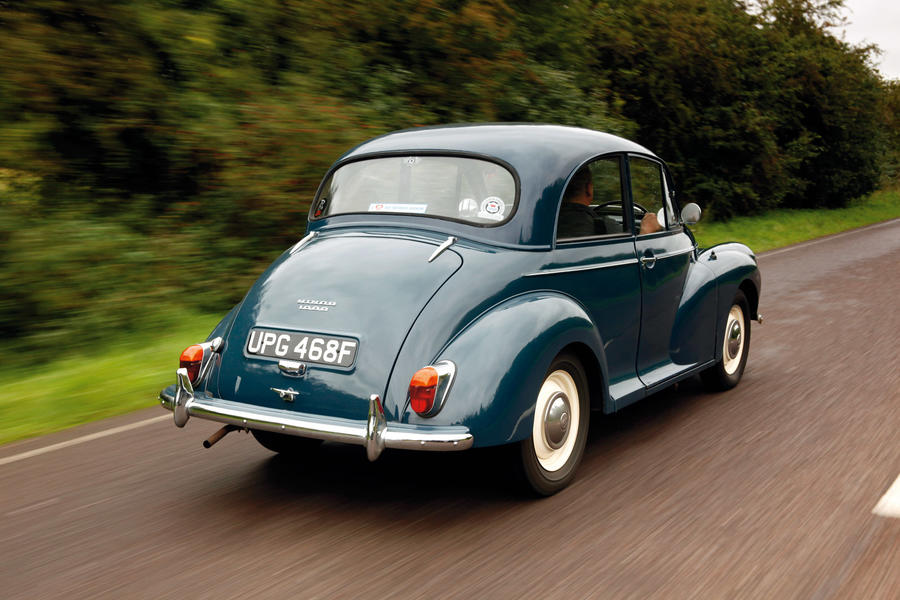Here’s a small, no-frills Morris that was designed by Sir Alec Issigonis, was powered by an A-series engine, sold like hot cakes and has come to be seen as one of the most important British cars ever built. No, not that one, the other one (although confusingly the two did half-share a name for a few years).
It’s easy to overlook the Minor, given the cult appeal of its smaller Mini sibling and the comparatively overwhelming global success of foreign rivals such as the Fiat 500 and Volkswagen Beetle, but strong showings in the UK sales charts and Issigonis’s commitment to uncomplicated engineering mean there are plenty of clean examples at sensible prices to choose from today.
The Minor is more than worthy of consideration as a first foray into the world of classic car ownership, being relatively reliable, cheap to repair and – above all – utterly charming.
Click here to buy your next used car from Autocar
We will focus on the models built between 1952 and 1971 here, because the original MM is a bit of a different beast and prices are edging their way out of the realm of budget classic motoring. That means we have three distinct but near-identical iterations of the Minor at our disposal, each with their own unique pros and cons.
Let’s begin at (or near) the start with the split-windscreen Series II. Built from 1952 to 1956, it’s powered by a thunderous 803cc version of Austin’s A-series engine and can zip from 0-60mph in little more than 50sec. Speed isn’t a priority, obviously, but the Minor’s ability to crack 30mpg wasn’t unimpressive at the time, and the introduction of the wooden-backed Traveller estate and a range of commercial bodystyles took the model into new markets.

Updates for the Series III were extensive and cemented the Minor’s position as an affordable, dependable runaround – a label that endures today, despite its quirks. Named the Minor 1000 in reference to its, erm, 948cc engine, it’s just about capable of holding its own in today’s traffic, and it comes with such luxuries as windscreen wipers that actually work and largely watertight windows.


















Join the debate
Add your comment
Dad's first car (my coming along made him say farewell to motorbikes) was a black split screen Moggie convertible (I remember going along sitting on my Mum's knee kicking the glovebox lid - no seatbelts/child seats in those days) Be worth a bit now - we saw it some years later repainted blue but no MOT record for it online so it must have finally succumbed.
Given the success/interest in old Minis and Minors it seems odd that the Minor's larger sister the Issigonis designed Oxford MO and Six Series MS (when did you last see one of those?) are pretty much forgotten.